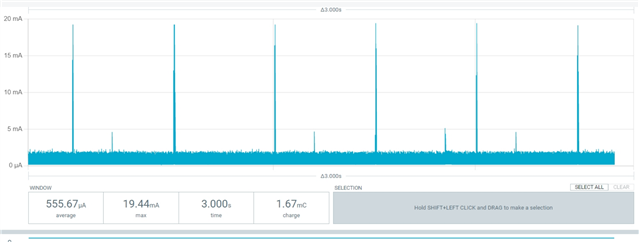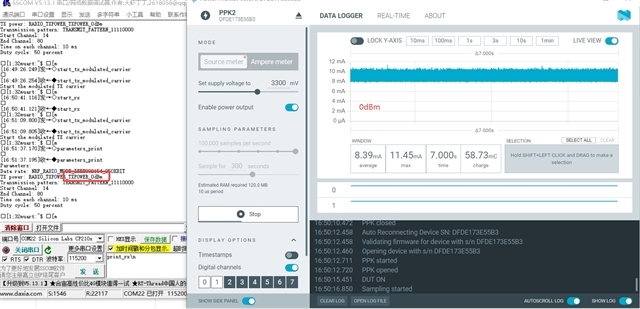



Then I think that although the transmit power of different programs should be different, the difference between the current at 0dbm and 8dbm should be almost the same. Why is radio_test current difference of 9.56mA between the transmit power of 0dBm and 8dBm, while the current difference of my program is only 3.61mA?


